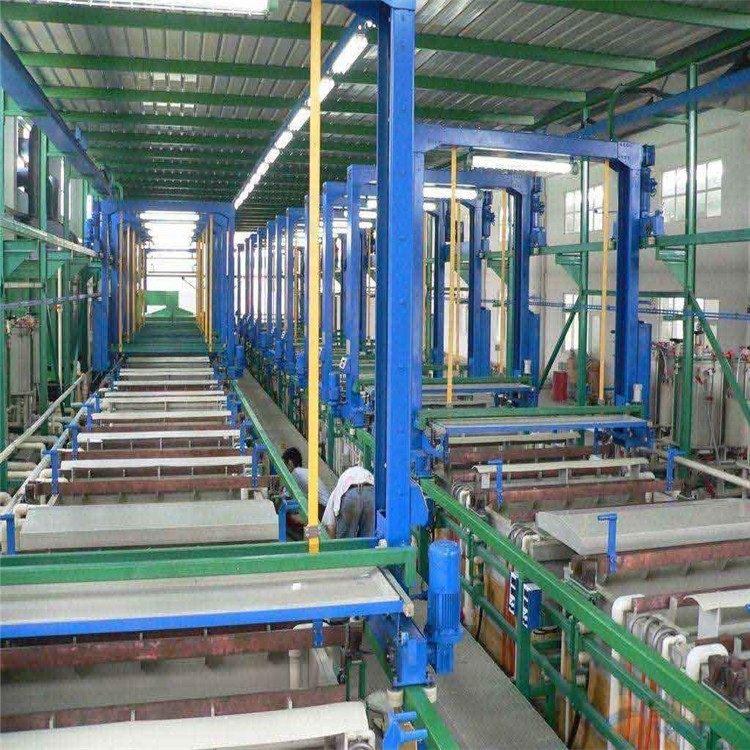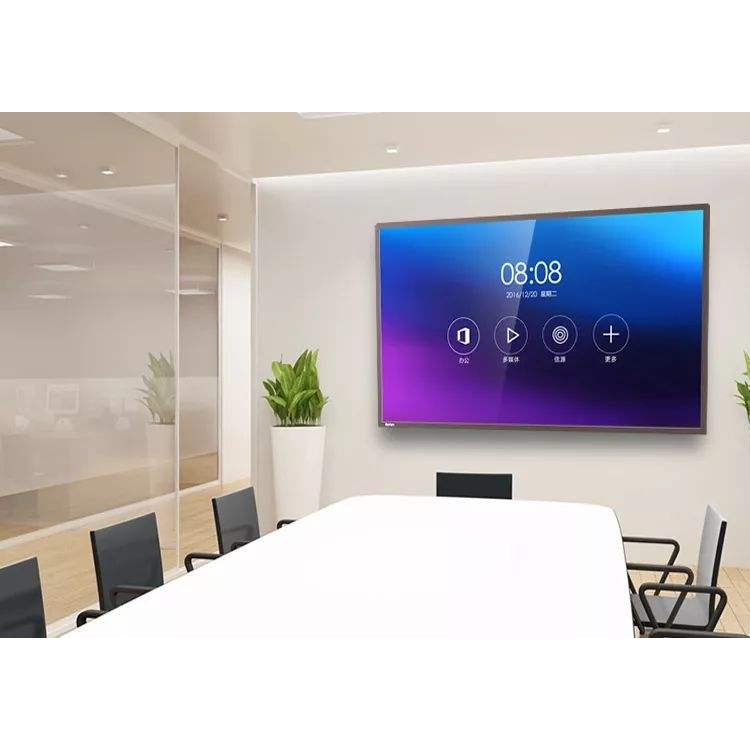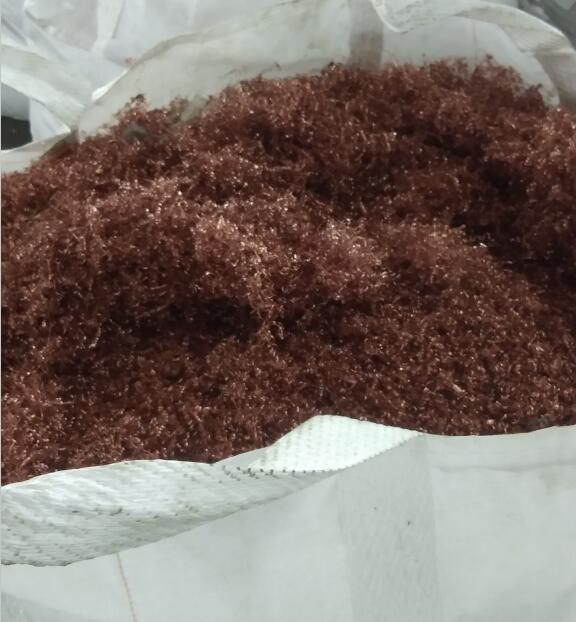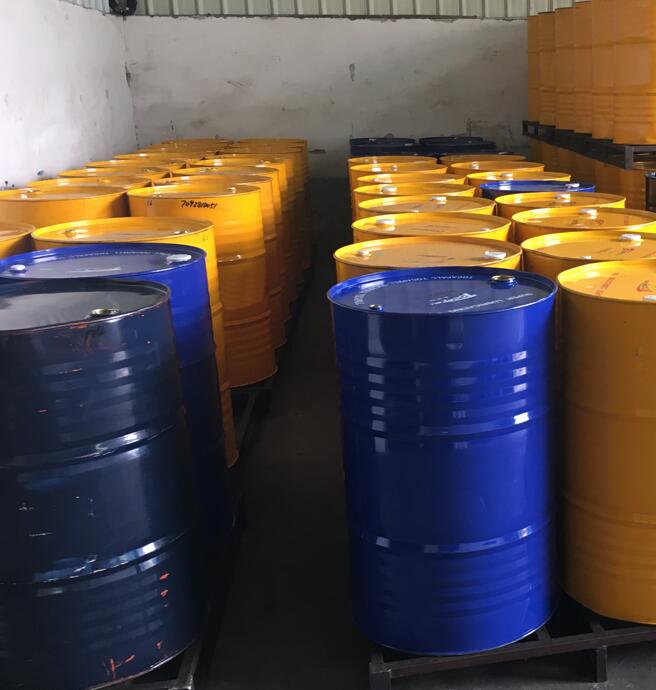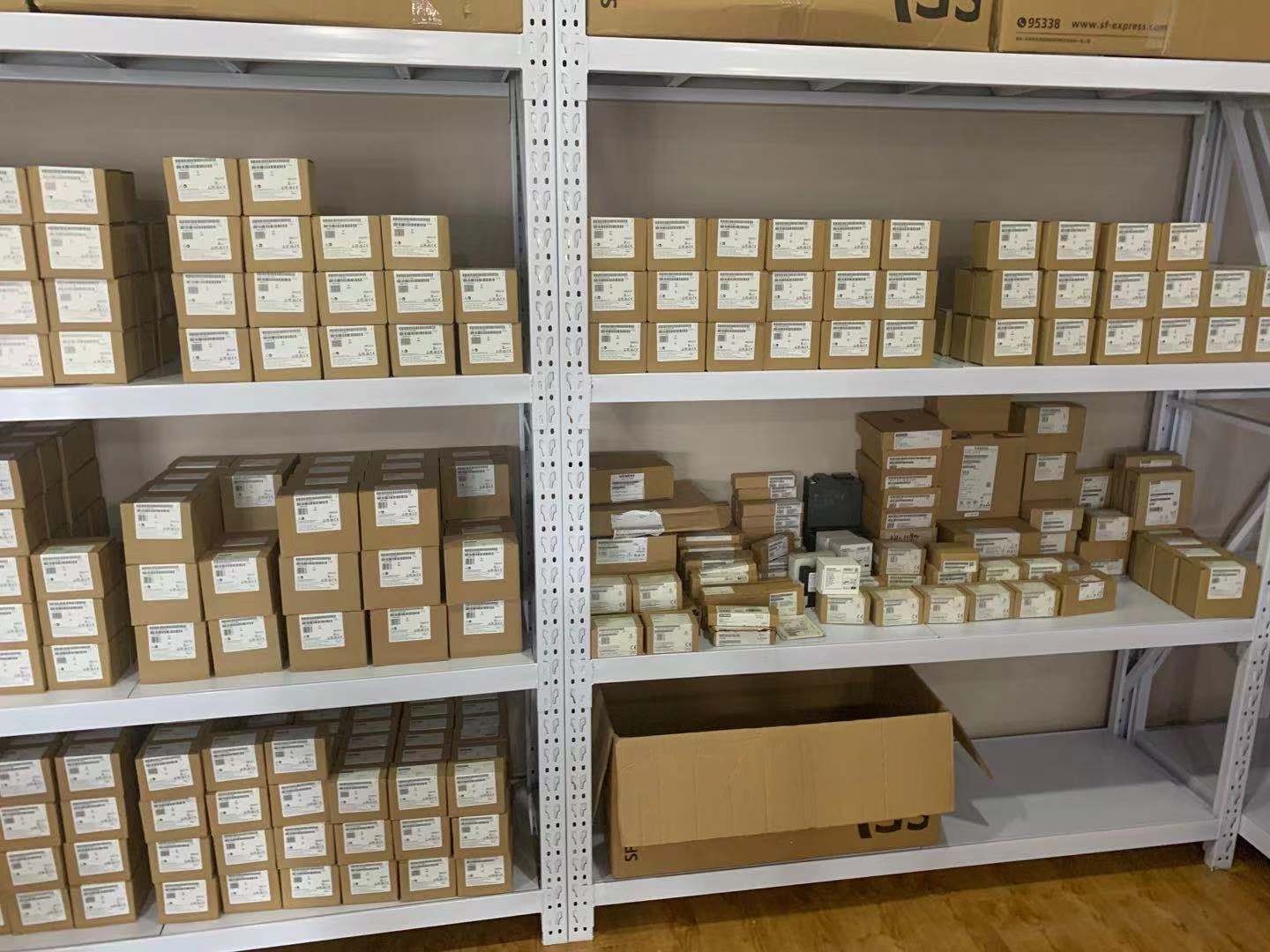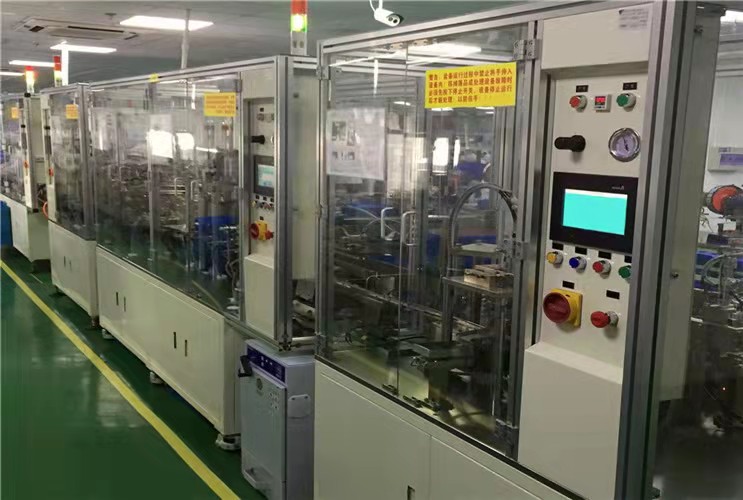- 产品描述
Ready/Busy status is indicated using bit 7 of the status register. If bit 7 is a 1, then the device is
not busy and is ready to accept the next command. If bit 7 is a 0, then the device is in a busy
state. The user can continuously poll bit 7 of the status register by stopping SCK at a low level
once bit 7 has been output. The status of bit 7 will continue to be output on the SO pin, and once
the device is no longer busy, the state of SO will change from 0 to 1. There are eight operations
which can cause the device to be in a busy state: Main Memory Page to Buffer Transfer, Main
Memory Page to Buffer Compare, Buffer to Main Memory Page Program with Built-in Erase,
Buffer to Main Memory Page Program without Built-in Erase, Page Erase, Block Erase, Main
Memory Page Program, and Auto Page Rewrite.
utilized at a later time. To perform a Page Erase, an opcode of 81H must be loaded
into the device, followed by four reserved bits, 11 address bits (PA10 - PA0), and nine don’t care
bits. The 11 address bits are used to specify which page of the memory array is to be erased.
When a low-to-high transition occurs on the CS pin, the part will erase the selected page to 1s.
Both the erase and the programming of
the page are internally self-timed and should take place in a maximum time of tEP. During this
time, the status register will indicate that the part is busy.
Buffer to Main Memory Page Program without Built-in Erase
Main Memory Page Program Through Buffer
This operation is a combination of the Buffer Write and Buffer to Main Memory Page Program
with Built-in Erase operations. Data is first shifted into buffer 1 or buffer 2 from the SI pin and
then programmed into a specified page in the main memory. To initiate the operation, an 8-bit
opcode, 82H for buffer 1 or 85H for buffer 2, must be followed by the four reserved bits and 20
address bits. The 11 most significant address bits (PA10 - PA0) select the page in the main
Data can be shifted in from the SI pin into either buffer 1 or buffer 2. To load data into either
buffer, an 8-bit opcode, 84H for buffer 1 or 87H for buffer 2, must be followed by 15 don’t care
bits and nine address bits (BFA8 - BFA0). The nine address bits specify the first byte in the
buffer to be written. The data is entered following the address bits. If the end of the data buffer is
reached, the device will wrap around back to the beginning of the buffer. Data will continue to be
loaded into the buffer until a low-to-high transition is detected on the CS pin.
Additional Commands
Main Memory Page to Buffer Transfer
A page of data can be transferred from the main memory to either buffer 1 or buffer 2. To start
the operation, an 8-bit opcode, 53H for buffer 1 and 55H for buffer 2, must be followed by the
four reserved bits, 11 address bits (PA10 - PA0) which specify the page in main memory that is
to be transferred, and nine don’t care bits. The CS pin must be low while toggling the SCK pin to
load the opcode, the address bits, and the don’t care bits from the SI pin. The transfer of the
page of data from the main memory to the buffer will begin when the CS pin transitions from a
low to a high state. During the transfer of a page of data (tXFR), the status register can be read to
determine whether the transfer has been completed or not.
集团事业部深圳市天吉芯技术开发有限公司是一家从事消费类产品设计、集成电路推广销售,及方案开发的高科技企业,代理、分销**电子元件(MCU,音频IC--功放IC,耳放IC,DAC-ADC-CODEC,视频处理IC,电源IC,运放IC,MOS等功能的集成IC), 与各大原厂和代理商都保持着密切的合作关系(TI,ADI,NXP,ST, 闽台立錡,新唐,禾润,智浦欣,茂田MOS)13265447518(郑主管VX同号)。致力于打造一个能为电子成品生产厂家提供的供应平台,积累多年的水平、扎实基础及业界信誉得以快速和健康的发展。 公司所涉及的产品广泛应用于蓝牙音响、拉杆音箱、迷你音箱、多媒体音响、Soundbar 音响、耳机放大、便携式收音机、 PDA 、电视机、 儿童故事机、玩具、礼品等产业 。;集团*二事业部深圳市天智芯技术开发有限公司从事MCU智能产品,5.8G/2.4G无线音频传输方案,无线灯控方案,从进口ST的32位和8位MCU的方案开发,到国产的32位和8位MCU的产品软硬件开发,的无线音频传输方案客制化开发,2.4G,蓝牙,Wifi,433,AI语音识别等无线智能控制单元产品。涉猎产品领域:家庭影院,无线乐器传输, 智能家居控制单元,智能灯控等诸多成熟的项目。 13265447518(郑主管VX同号)深圳市天吉芯技术开发有限公司多年秉承诚拙守信、合作双赢的理念。通过不懈努力和不断的创新总结,造较好的服务于既有客户和对市场快速的适应能力,供应渠道的不断开拓与管理体系乐器音频无线传输,2.4G吉他无线传输,2.4G乐器收发模块,5.8G吉他收发器,5.8G乐器音频无线传输,2.4G无线音频。HiFi,ADC DAC DSP 。
欢迎来到深圳市天吉芯技术开发有限公司网站,我公司位于经济发达,交通发达,人口密集的中国经济中心城市—深圳。 具体地址是广东深圳公司街道地址,负责人是郑主管。
主要经营HiFi解码器,ADC DAC DSP,功放芯片,功放IC,耳放芯片,耳放IC,运放芯片运放IC,MCU,单片机,乐器无线传输方案定制。
本公司主营:电子 电子产品设计 等产品,是优秀的电子产品公司,拥有最优秀的高中层管理队伍,他们在技术开发、市场营销、金融财务分析等方面拥有丰富的管理经验,选择我们,值得你信赖!
本页链接:http://www.cg160.cn/vgy-96799291.html
以上信息由企业自行发布,该企业负责信息内容的完整性、真实性、准确性和合法性。阿德采购网对此不承担任何责任。 马上查看收录情况: 百度 360搜索 搜狗
- 产品推荐
- 沈阳多层电路板电话 能够传输电流和信号 空间利用率高 烟台触摸屏维修电话 LS 可上门维修 贵阳多层电路板厂 能在高温环境下正常工作 灵活性好 哈尔滨多层电路板厂商 保持低的电阻和电感 布局灵活 TM1629C代理 UTC友顺14N65-TC代理 创芯微CM1032-DM 日照NY8AE51D电话 九齐MTP的IC NY8AE51 TM2314一级代理 浙江5*11mm高胶体黄发黄 LED发光二极管 可订制 兰州多层电路板公司 具备良好的导电性能 集成度高 维安1140WNF1000A250V代理
- 相关文章
- 车载无线充气泵-天吉芯技术PCBA方案-十年行业积累打气泵方案开发-king-chip天吉芯技术方案-SOC单片机吸尘器-天吉芯技术king-chip方案开发-数字传感器车载充气泵-king-chip天吉芯技术方案-高水平工程师汽车内饰吸尘器-king-chip天吉芯技术方案-开发周期短电动充气泵-king-chip天吉芯技术方案-十年行业积累12v汽车应急启动电源-天吉芯技术PCBA方案-模拟传感器车载充气泵测评-king-chip天吉芯技术方案-SOC单片机LCD打气泵-king-chip天吉芯技术方案-高水平工程师工业吸尘器厂家-天吉芯技术PCBA方案-产品类型丰富高精度ADC-纽曼应急启动电源-king-chip天吉芯技术方案十年行业积累-便携式汽车打气泵-天吉芯技术PCBA方案
关于深圳市天吉芯技术开发有限公司
商铺首页 |
更多产品 |
联系方式
集团事业部深圳市天吉芯技术开发有限公司是一家从事消费类产品设计、集成电路推广销售,及方案开发的高科技企业,代理、分销**电子元件(MCU,音频IC--功放IC,耳放IC,DAC-ADC-CODEC,视频处理IC,电源IC,运放IC,MOS等功能的集成IC), 与各大原厂和代理商都保持着密切的合作关系(TI,ADI,NXP,ST, 闽台立錡,新唐,..
- 我要给“存储服务器当作磁盘阵列”留言
- 更多产品
相关分类

